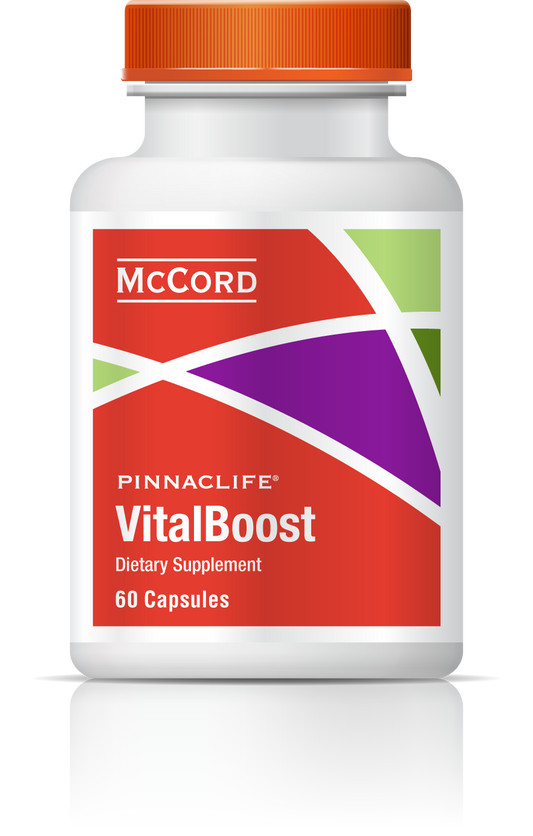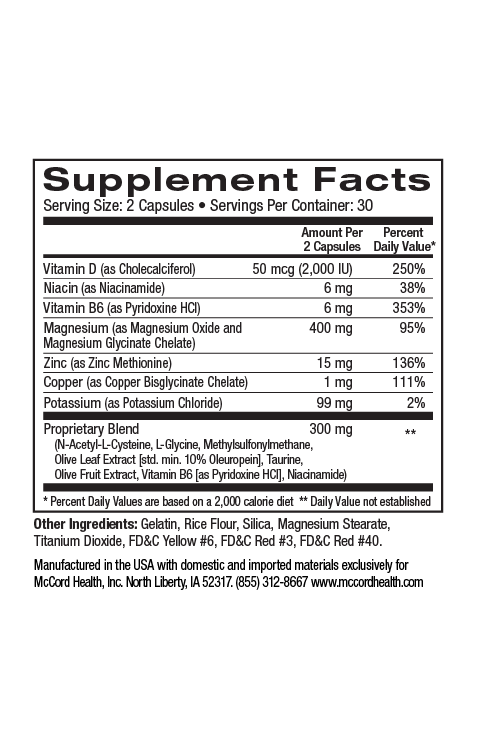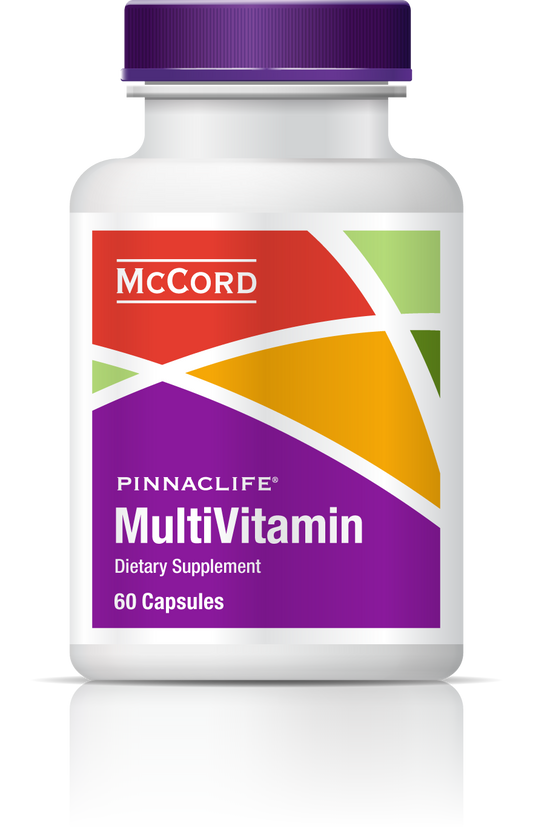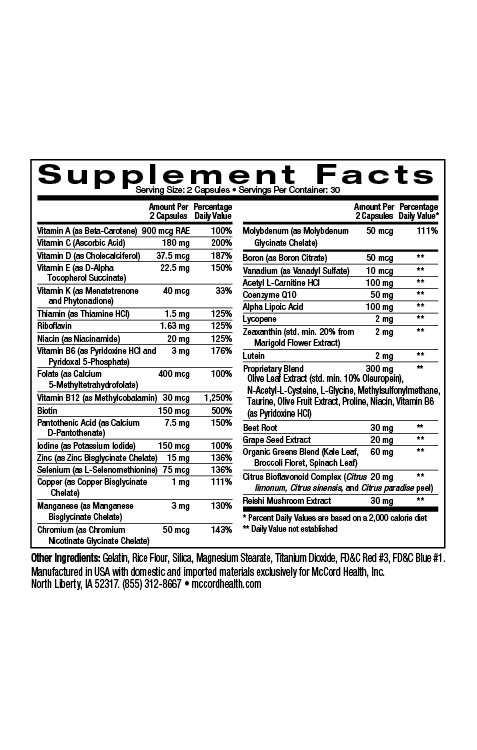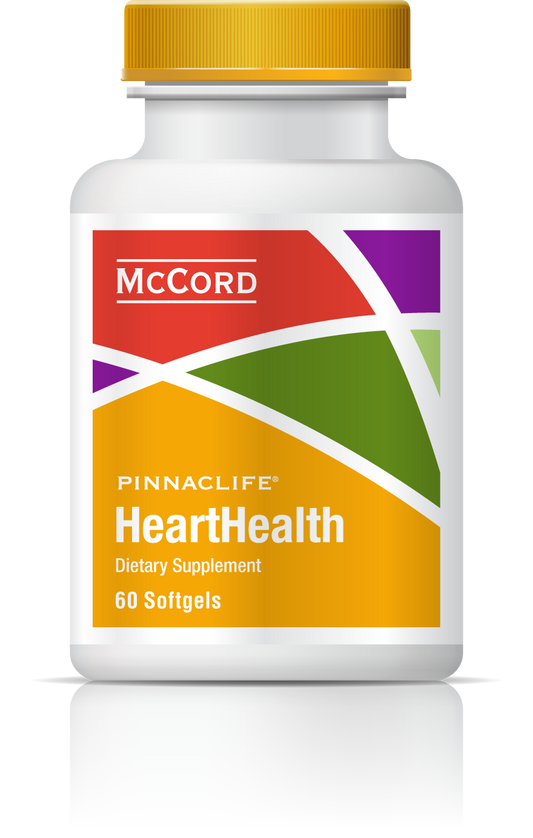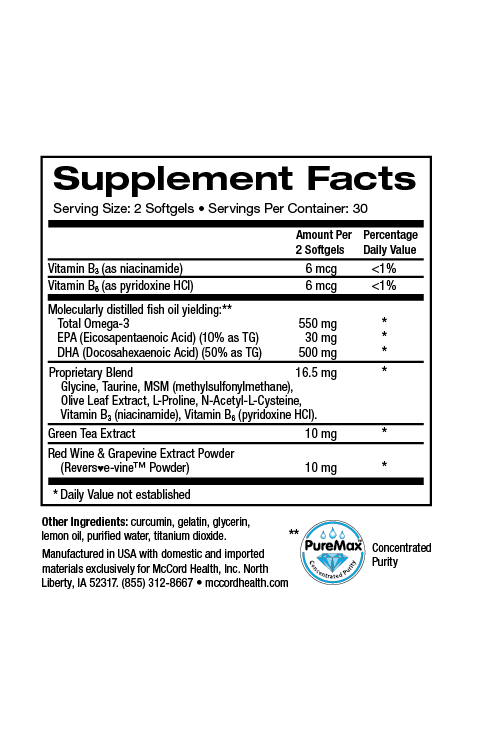1 out of 3 adults in the United States report being sunburned, and 1 in 8 Americans tan indoors. Sunburn results in skin redness (erythema) that develops during exposure to the sun and increases one hour following exposure peaking 24 to 48 hours after exposure. The degree of sunburn is affected by many environmental factors including heat, wind, and humidity, and sunburned individuals can experience symptoms that range from mild redness to painful erythema with swelling (edema) and blistering. Individuals who are severely sunburned can also experience systemic reactions including fever, chills and dehydration.
Fair-skinned individuals are the most susceptible to sunburn due to a decreased amount of pigmentation (melanin) in their skin. Individuals with red hair are particularly susceptible to sunburn due to the fact that their pigmentation (pheomelanin) is much less protective than other melanins. Eumelanin found in darker skin is the most protective. According to some studies, the largest occupational groups with the greatest exposure to the sun (most susceptible to getting sunburns) are farmers, construction workers and landscapers.
Approximately 6% of the solar spectrum is made up of ultraviolet radiation (UVR), 52% is visible light and 42% is infrared (IR) radiation. 5% of UVR affecting the skin is UVB radiation and 95% is made up of UVA radiation. Factors that influence the amount of UVR exposure to skin include time of day, altitude, season and latitude with the hours around noon, higher latitudes, summer, and sun exposure at the equator being the worst. Sunburn is primarily caused by UVB and short-wave UVA. Sunburns result from damage to cellular DNA and an inflammatory response that begins with dilation of cutaneous blood vessels resulting in erythema followed by edema.
Viniferamine® skin and wound care products include many potent anti-inflammatory ingredients including the powerful small molecule polyphenols oleuropein, resveratrol, and EGCG (from olives, grapes and green tea respectively), as well as the important small molecules, melatonin, and L-glutathione. In fact, oleuropein has been shown to inhibit mast cell degranulation. In addition, dipotassium glycyrrhizate from licorice, avenanthramides from oats, aloe vera and shea butter possess anti-inflammatory activities.
Besides being more prevalent, UVA radiation penetrates deeper in the skin than UVB. UVA also generates reactive oxygen species (ROS) that affect proteins, lipids and DNA. Moreover, UVA is immunosuppressive. UVB radiation penetrates to the basal layers of skin where it generates ROS resulting in inflammation and sunburn. In addition, IR radiation generates vibrations in skin molecules resulting in heat. Prolonged heat activation in skin is also associated with inflammation, as well as elastosis (thickening and degeneration of elastic fibers) and collagen breakdown.
Excessive ROS can produce oxidative stress that may result in damage to skin protein, lipids or DNA, as well as contribute to aging. Viniferamine® skin and wound care products contain powerful antioxidants including oleuropein, resveratrol, and EGCG, as well as melatonin, and L-glutathione. Sunlight exposure can result in pigment darkening within minutes for individuals capable of tanning and can persist for hours before the development of new pigment referred to as delayed tanning.
Immediate tanning results from the oxidation and polymerization of pre-existing melanin precursors in the skin. Delayed tanning is thought to result from an “SOS-like” response that triggers DNA repair. Although it is commonly believed that tanning is helpful because it protects the skin from sunburn, a “healthy tan” actually does not exist since DNA damage is involved that may lead to skin cancer. In addition, tanning increases skin aging.
As mentioned previously, sunburn results in skin inflammation. In fact, a host of inflammatory genes and pathways are activated producing many mediators of inflammation including prostaglandins, cytokines, chemokines, histamine, and nitric oxide. The earliest consequence of UV exposure is damage to epidermal cells. Intracellular (inside cells) edema occurs 16-18 hours after exposure followed by intercellular (between cells) edema at 30-48 hours that develops around damaged keratinocytes (sunburned cells). Damaged cells typically die resulting in skin peeling and pruritus (itching). Prolonged sunlight exposure can also result in increased vascularization, skin thickening (keratinocyte proliferation) and immunosuppression.
Viniferamine® Renewal Moisturizer contains the most potent doses of Viniferamine® and other beneficial ingredients to ensure proper nourishment of the epidermis. Each ingredient has been perfectly balanced to achieve maximum skin restoration. Viniferamine® Renewal Moisturizer and Clean N Moist can help hydrate skin that has lost moisture content due to sun exposure. Clean N Moist is a gentle cleansing lotion that is perfectly pH balanced to ensure the most sensitive skin is gently cleansed without causing irritation. Phospholipids, organic phytonutrients, organic shea butter and other vital nutrients revitalize skin. Renewal Moisturizer and Clean N Moist also provide a protective barrier to help keep in moisture and protect skin from irritants.
It’s important to be aware that certain drugs can sensitize the skin to the effects of the sun and can cause photoallergic reactions. The most common groups include thiazides, amiodaron and several non-steroidal anti-inflammatory drugs (NSAIDs) such as ketoprofen, fluoroquinolones and tetracyclines. Some produce photosensitivity for up to 6 months including amiodaron and thiazides. The best protection from sunburn and photosensitivities is to limit sun exposure or wear protective clothing. Vital skin nutrition found in Viniferamine® skin and wound care products including antioxidants, vitamins and amino acids can help strengthen skin against damage.
Viniferamine® products also include ingredients that counteract sun damage including EGCG, resveratrol and oleuropein. EGCG has been shown to counteract the detrimental effects of UV radiation on immunity. Resveratrol has been shown to protect human skin from damage induced by repeated exposure to UV radiation. In addition, photoprotection has been found with increased levels of the enzyme heme oxygenase that is induced by oleuropein. Moreover, two other beneficial ingredients found in Viniferamine® skin and wound care products, melatonin and niacinamide (nicotinamide) exert strong protective effects against UV-induced skin damage and immunosuppression, respectively.
It’s good to know that Viniferamine® skin and wound care products contain potent anti-inflammatory ingredients to soothe erythema and skin irritation. Viniferamine® Renewal Moisturizer and Clean and Moist hydrate skin and provide nutrients to help promote skin restoration. Renewal Moisturizer and Clean N Moist also include photoprotective ingredients and a protective barrier to guard skin against skin damage, irritants and moisture loss.
